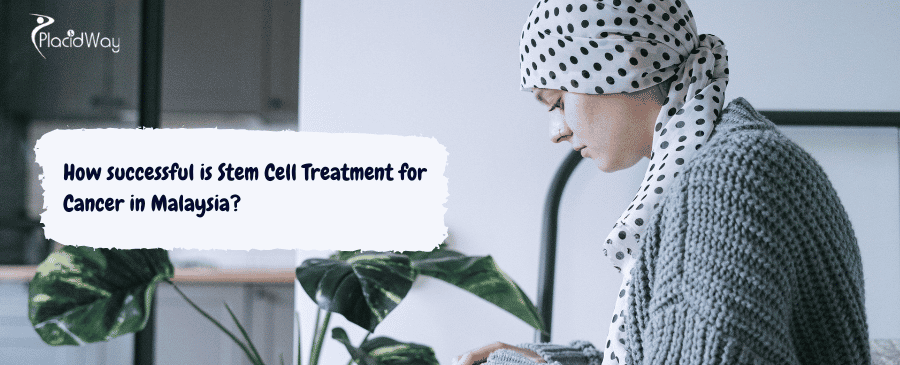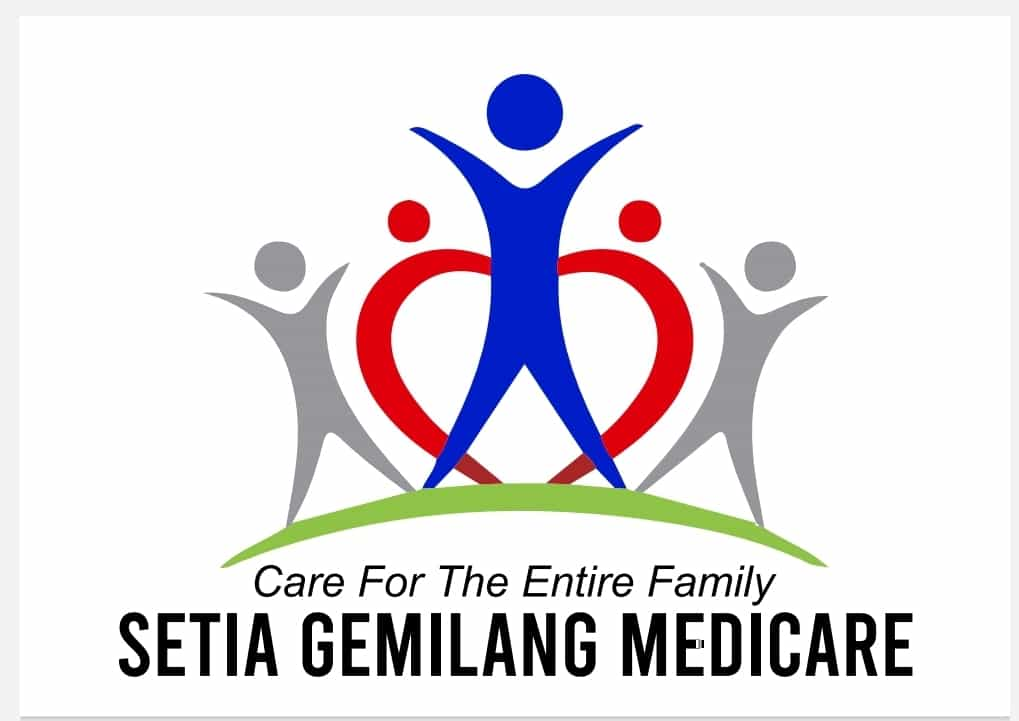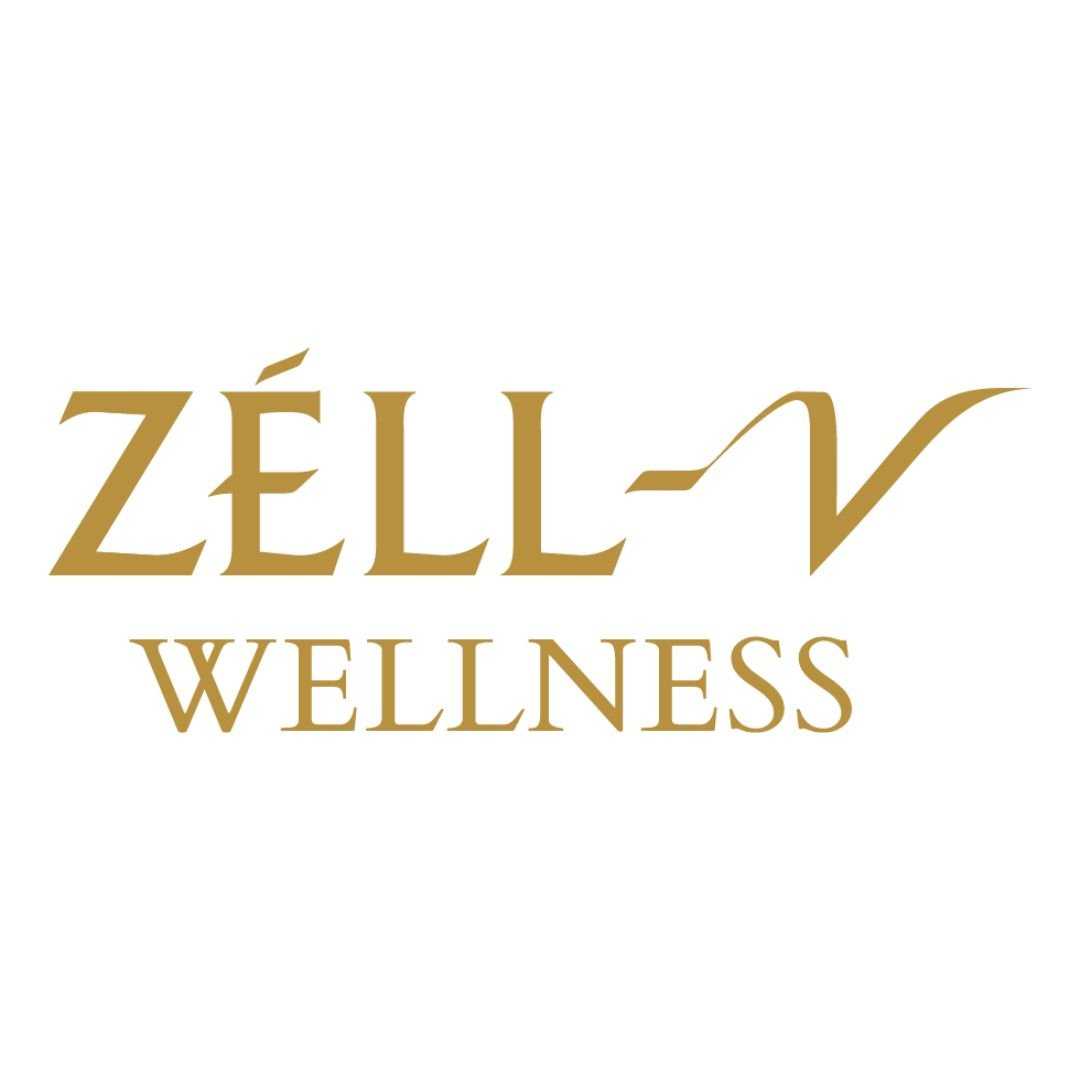Understanding Stem Cell Treatment Success for Cancer in Malaysia

Stem cell treatment has emerged as a promising frontier in modern medicine, offering innovative approaches to various diseases, including cancer. In Malaysia, this advanced therapy is gaining recognition, particularly for its application in treating certain types of cancer. While the field is continuously evolving, stem cell treatment for cancer in Malaysia involves specialized procedures, most notably hematopoietic stem cell transplantation (HSCT), which has a well-established track record for specific blood-related malignancies. This blog post aims to answer common questions about the success, safety, and practical aspects of stem cell treatment for cancer in Malaysia, providing a comprehensive overview for those considering this therapeutic option. We will delve into what makes these treatments effective, who is a suitable candidate, and what to expect throughout the process.
What is Stem Cell Treatment for Cancer?
"Stem cell treatment for cancer primarily refers to hematopoietic stem cell transplantation (HSCT), a medical procedure that replaces damaged bone marrow with healthy stem cells, most commonly used to treat blood cancers like leukemia, lymphoma, and multiple myeloma."
Stem cell treatment for cancer is a specialized medical procedure that aims to restore the body's ability to produce healthy blood cells after high-dose chemotherapy or radiation therapy, which are often used to destroy cancer cells. These intensive treatments can also damage the bone marrow, where blood stem cells are produced. HSCT involves infusing healthy blood-forming stem cells into the patient's body. These new stem cells then travel to the bone marrow and begin producing new, healthy blood cells. The goal is to allow patients to receive higher doses of cancer-killing treatments while minimizing the long-term side effects on blood production.
How successful is stem cell treatment for cancer in Malaysia?
"Success rates for stem cell treatment for cancer in Malaysia vary depending on the type of cancer, the patient's overall health, and the type of transplant, with reported success rates for blood cancers ranging from 60-70% and certain bone marrow transplants showing 3-year survival rates of up to 92%."
The success of stem cell treatment for cancer in Malaysia largely depends on several factors, including the specific cancer type, the stage of the disease, the patient's age and general health, and the type of stem cell transplant performed (autologous or allogeneic). For well-established applications like hematopoietic stem cell transplantation for blood cancers (e.g., leukemia, lymphoma, multiple myeloma), Malaysia has demonstrated encouraging outcomes, consistent with international standards. Recent data indicates success rates between 50% to 90% in regenerative medicine applications. In hematopoietic stem cell transplants, survival rates reach 79% three years post-treatment. For example, bone marrow transplants have shown a 92% survival rate at three-year follow-up for certain conditions. While these figures are promising, it's important to discuss individual prognoses with a qualified medical professional.
What types of cancer can be treated with stem cell therapy in Malaysia?
"In Malaysia, stem cell therapy is primarily used to treat various blood cancers, including leukemias (e.g., acute myeloid leukemia, acute lymphoblastic leukemia), lymphomas (e.g., Hodgkin lymphoma, non-Hodgkin lymphoma), and multiple myeloma, as well as some solid tumors that have metastasized to the bone marrow."
While stem cell treatment is a powerful tool, its application in cancer treatment is specific. The most common and established use of stem cells for cancer treatment in Malaysia is in managing hematological malignancies. This includes conditions such as:
- Leukemias: Acute Myeloid Leukemia (AML), Acute Lymphoblastic Leukemia (ALL), Chronic Myeloid Leukemia (CML).
- Lymphomas: Hodgkin Lymphoma, Non-Hodgkin Lymphoma.
- Multiple Myeloma.
- Myelodysplastic Syndromes (MDS).
- Aplastic Anemia and other bone marrow failure syndromes.
In some cases, stem cell transplants may also be used in conjunction with intensive chemotherapy for certain solid tumors, especially if the treatment heavily impacts bone marrow function.
Is stem cell treatment for cancer regulated in Malaysia?
"Yes, stem cell treatment in Malaysia is regulated by the Ministry of Health (MOH) and the National Pharmaceutical Regulatory Agency (NPRA) to ensure compliance with safety and ethical standards, particularly for established procedures like hematopoietic stem cell transplantation."
Malaysia has taken steps to regulate stem cell therapies to ensure patient safety and ethical practices. The Ministry of Health (MOH) and the National Pharmaceutical Regulatory Agency (NPRA) are the primary bodies overseeing the approval and regulation of stem cell products and therapies within the country. Guidelines are in place for stem cell research and therapy, and clinical trials involving human subjects must be registered with the National Medical Research Registry (NMRR). Clinics offering human stem cell therapy (HSCT) are also required to seek accreditation from relevant national bodies. This regulatory framework aims to prevent unproven or unethical treatments and ensure high-quality care for patients.
What are the types of stem cell transplants used for cancer in Malaysia?
"The primary types of stem cell transplants used for cancer in Malaysia are autologous transplants, where the patient's own stem cells are used, and allogeneic transplants, which utilize stem cells from a donor."
There are two main types of stem cell transplants used in cancer treatment in Malaysia:
- Autologous Stem Cell Transplant: In this procedure, the patient's own stem cells are collected and stored before they undergo high-dose chemotherapy or radiation. After the intensive treatment to kill cancer cells, the patient's own healthy stem cells are reinfused into their bloodstream to restore bone marrow function. This method avoids issues of immune rejection.
- Allogeneic Stem Cell Transplant: This involves using stem cells from a donor. The donor could be a related family member (e.g., a sibling with a matching tissue type) or an unrelated donor from a national or international registry. Allogeneic transplants carry the risk of graft-versus-host disease (GVHD), where the donor's immune cells attack the recipient's body, but they also offer a "graft-versus-tumor" effect, where the donor cells can help eliminate residual cancer cells.
What is the process of undergoing stem cell treatment for cancer in Malaysia?
"The process of stem cell treatment for cancer in Malaysia typically involves several stages: pre-transplant evaluation, stem cell collection (from the patient or donor), conditioning therapy (chemotherapy/radiation), stem cell infusion, and post-transplant care, including monitoring for complications and recovery."
Undergoing stem cell treatment for cancer in Malaysia is a multi-step process that requires careful planning and execution. The general stages include:
Pre-Transplant Evaluation: This involves a comprehensive assessment of the patient's overall health, including detailed medical history, physical examination, blood tests, imaging scans (like PET, CT, MRI), and cardiac and pulmonary function tests. For allogeneic transplants, a suitable donor is identified through HLA (Human Leukocyte Antigen) matching.
Stem Cell Collection:
- Autologous: Stem cells are collected from the patient's own peripheral blood, a process called apheresis, which is similar to donating blood.
- Allogeneic: Stem cells are collected from a donor, either from peripheral blood or bone marrow.
Conditioning Therapy: This involves high doses of chemotherapy and/or radiation therapy administered to the patient to destroy cancer cells and suppress their immune system, making space for the new stem cells.
Stem Cell Infusion: After conditioning, the collected stem cells are infused intravenously into the patient, much like a blood transfusion. These stem cells then travel to the bone marrow and begin to produce new blood cells, a process called engraftment.
Post-Transplant Care and Recovery: This is a critical phase where patients are closely monitored for complications like infections, graft-versus-host disease (in allogeneic transplants), and other side effects. Recovery can take several weeks to months, and ongoing follow-up care is essential.
What are the potential risks and side effects of stem cell treatment for cancer?
"Potential risks and side effects of stem cell treatment for cancer include infections, fatigue, nausea, mucositis, graft-versus-host disease (GVHD) in allogeneic transplants, organ damage, and secondary cancers, though medical teams in Malaysia work to mitigate these."
While stem cell treatment offers significant benefits, it also carries potential risks and side effects due to the intensive nature of the therapy. These can include:
- Infections: Due to a weakened immune system after conditioning therapy.
- Fatigue and Nausea: Common side effects of chemotherapy and radiation.
- Mucositis: Painful inflammation and sores in the mouth and digestive tract.
- Hair Loss: A temporary side effect of chemotherapy.
- Graft-versus-Host Disease (GVHD): Exclusive to allogeneic transplants, where donor immune cells attack the recipient's healthy tissues. This can range from mild to severe.
- Organ Damage: To the liver, kidneys, lungs, or heart from conditioning therapy.
- Venous Occlusive Disease (VOD): A rare but serious liver complication.
- Secondary Cancers: A long-term risk due to radiation or chemotherapy.
- Infertility: Can be a long-term side effect of high-dose chemotherapy or radiation.
Medical teams in Malaysia are well-equipped to manage these side effects and provide supportive care throughout the treatment journey.
How long does recovery take after stem cell treatment for cancer?
"Recovery after stem cell treatment for cancer varies significantly by individual and type of transplant, but generally involves an initial hospital stay of several weeks, followed by a gradual recovery period at home that can last from several months to a year or more for full immune system reconstitution."
The recovery period after stem cell treatment for cancer is highly individualized. Patients typically remain in the hospital for several weeks post-transplant for close monitoring of engraftment and management of immediate side effects. After discharge, the recovery continues at home, often with frequent outpatient visits. Full immune system recovery can take anywhere from several months to a year or even longer, especially for allogeneic transplants. During this time, patients are susceptible to infections and other complications. A gradual return to normal activities is advised, with ongoing follow-up appointments to monitor health and detect any late complications or signs of cancer recurrence.
What is the cost of stem cell treatment for cancer in Malaysia?
"The cost of stem cell treatment for cancer in Malaysia varies widely, typically ranging from RM30,000 to RM300,000 or more, depending on factors such as the type of transplant (autologous vs. allogeneic), the specific hospital or clinic, the complexity of the case, and required post-treatment care."
The cost of stem cell treatment for cancer in Malaysia can be a significant consideration. Generally, the price range is broad, reflecting the complexity and individualized nature of the procedures. Factors influencing the cost include:
- Type of Transplant: Allogeneic transplants, which involve a donor search and additional procedures for matching and managing potential GVHD, are typically more expensive than autologous transplants.
- Hospital and Clinic: Leading medical centers with advanced facilities and highly experienced teams may have higher costs.
- Treatment Plan: The specific cancer, its stage, the intensity of conditioning therapy, and the number of treatment sessions required will impact the overall cost.
- Source of Stem Cells: Whether the stem cells are from bone marrow, peripheral blood, or umbilical cord blood can affect the cost.
- Pre- and Post-Transplant Care: This includes diagnostic tests, medications, follow-up consultations, and any management of complications.
It is crucial to get a detailed cost estimate directly from the chosen medical facility in Malaysia, as packages can vary and may or may not include all aspects of care, such as accommodation or extended follow-up. Autologous bone marrow transplants might range from RM100,000 to RM150,000, while allogeneic transplants could be RM150,000 to RM300,000 or more.
Are there any specific clinics or hospitals in Malaysia renowned for stem cell cancer treatment?
"Several clinics and hospitals in Malaysia are recognized for their expertise in stem cell cancer treatment, particularly for hematopoietic stem cell transplantation, including major medical centers that adhere to international standards of care and offer comprehensive oncology services."
Malaysia has several reputable medical institutions that offer stem cell treatment for cancer. These centers often have specialized oncology departments and transplant units. While specific recommendations should come from a medical professional based on your individual needs, some of the well-known institutions that provide advanced cancer treatment, including stem cell therapies, typically include major private and public hospitals with established oncology and hematology departments. These facilities often have international accreditation and experienced medical teams. It's advisable to research specific clinics and their specialized programs. For example, some listed top stem cell centers in Malaysia include Stem Cell Center Malaysia, Prince Court Medical Centre, and others, though it's vital to confirm their specific offerings for cancer treatment.
What are the long-term outcomes and quality of life after stem cell treatment for cancer?
"Long-term outcomes and quality of life after stem cell treatment for cancer vary but can be significantly improved for many patients, with continued monitoring and management of potential late effects, including a return to normal activities and improved overall well-being for a majority."
For many patients who undergo stem cell treatment for cancer, the long-term outcomes can be very positive, leading to prolonged remission or even a cure for their cancer. Quality of life often improves significantly after the initial recovery period, allowing patients to return to their normal daily activities, including work and hobbies. However, some patients may experience late complications, which can include chronic graft-versus-host disease (in allogeneic transplants), secondary cancers, organ damage, or hormonal imbalances. Regular follow-up care with an oncology team is crucial for monitoring these potential issues and managing them effectively to ensure the best possible long-term quality of life. Studies show that over 60% report good to excellent quality of life within the first four years post-treatment, with 55% of previously employed patients returning to work.
What are the eligibility criteria for stem cell treatment for cancer in Malaysia?
"Eligibility criteria for stem cell treatment for cancer in Malaysia typically include the type and stage of cancer, the patient's overall health and organ function, age, and the availability of a suitable stem cell source (for allogeneic transplants)."
The decision to undergo stem cell treatment for cancer is based on strict eligibility criteria to ensure the procedure is safe and has the best chance of success. These criteria often include:
- Cancer Type and Stage: The treatment must be appropriate for the specific cancer and its stage.
- Overall Health: Patients must be healthy enough to withstand intensive conditioning therapy and the recovery period. This includes healthy organ function (heart, lungs, kidneys, liver).
- Age: While there isn't a strict age cut-off, younger patients generally tolerate the treatment better.
- Performance Status: A measure of a patient's general well-being and ability to perform daily activities.
- Absence of Other Serious Medical Conditions: Co-existing severe illnesses can increase risks.
- Availability of a Suitable Stem Cell Source: For allogeneic transplants, a well-matched donor is essential.
A thorough evaluation by a multidisciplinary medical team is necessary to determine a patient's eligibility.
What post-treatment care is provided after stem cell treatment for cancer in Malaysia?
"Post-treatment care after stem cell treatment for cancer in Malaysia involves extensive monitoring for complications, infection prevention, supportive therapies, medication management (including immunosuppressants for allogeneic transplants), and long-term follow-up to track recovery and detect recurrence."
Comprehensive post-treatment care is vital for successful recovery after stem cell treatment for cancer. In Malaysia, this care typically includes:
- Close Monitoring: Regular blood tests to check blood counts, organ function, and detect signs of infection or complications like GVHD.
- Infection Prevention: Prophylactic antibiotics, antivirals, and antifungals, along with strict hygiene protocols, are often implemented to prevent infections.
- Supportive Therapies: Blood transfusions, nutritional support, and pain management are provided as needed.
- Medication Management: Patients receive medications to prevent or treat GVHD (for allogeneic transplants) and other side effects.
- Rehabilitation: Physical therapy and nutritional counseling may be recommended to help patients regain strength and improve overall well-being.
- Long-term Follow-up: Regular appointments with the transplant team are scheduled for many years to monitor for late complications, assess treatment response, and screen for cancer recurrence.
This structured approach to post-treatment care in Malaysia aims to optimize patient recovery and long-term health.
Explore PlacidWay for solutions related to medical tourism, healthcare services, or other relevant offerings.


.png)




.jpg)









Share this listing